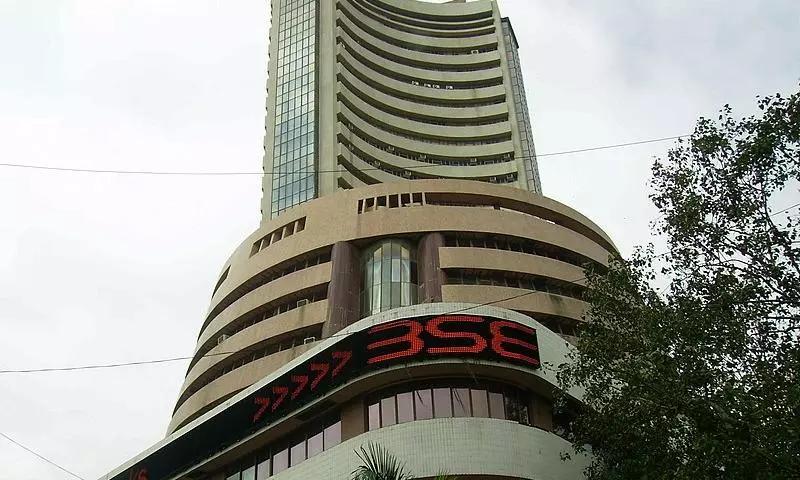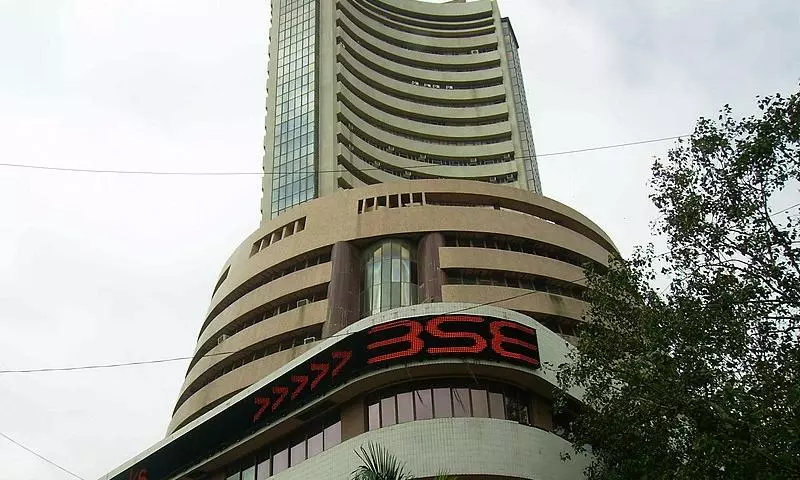
Hyderabad: The US economy has shown signs of weakness which increased markets’ expectations of interest rate cuts by the Fed, while the ECB and the BoE have already cut once. The BoJ, meanwhile, hiked rates adding to JPY appreciation, carry trade worries and global market volatility. Policy rhetoric in China has stepped up, although the slowdown continues, while India chose fiscal prudence in its union budget and could also see lower food inflation worries in the near-term shares Sreejith Balasubramanian, Economist & Vice President – Fixed Income Team, Bandhan AMC.
US data, which started getting weaker from May, more recently witnessed softer data on inflation, retail sales, consumer sentiment and PMI. Payroll additions, which were quite buoyant, was much weaker in July. Wage growth eased, unemployment rate moved up and even Unit Labor Cost growth disappointed while labor supply has been improving, thus cooling down labor markets. The weaker employment component of ISM, rise in credit card and auto loan delinquencies, cautious commentary on consumers in the Fed’s Beige Book and lackluster quarterly results of companies added to the growth worries. So, the Fed recently said its first-rate cut could be in September, as it acknowledged recent progress in data and renewed its focus on both its goals of inflation and employment (vs. more weight on inflation previously). However, recent weak data has strongly increased markets’ pricing of the magnitude and pace of rate cuts this year and thus volatility, he explains.
The ECB cut its policy rate by 25bps in June for the first time in this cycle as underlying inflation is expected to ease further. However, given domestic price pressures are still high as labor market is just moderating and services prices are high, the ECB is not pre-committing to any pace or magnitude of cuts. Wages are still rising at a high rate due to catch up of lost purchasing power, productivity is weak and so unit labor cost growth is higher. As expected, the ECB kept rates on hold in July. The BoE, in early August, cut rates by 25bps as inflation was at the 2% target in May and June, private sector wage growth and services inflation have been moderating although still elevated. Like the ECB, the BoE is attentive to high inflation risks and not pre-committing to any rate cut path and wants to keep policy restrictive for sufficiently long, Subramanian added.
Japan, the exception among advanced economies, has been tightening policy as inflation and wages were finally rising after many years. At its end-July meeting, it hiked rates from the 0-0.1% range previously to 0.25%, unveiled its plan to reduce monthly outright government bond purchases to 3 trillion yen by the first quarter of 2026 and said it will continue to raise the policy rate and adjust the degree of monetary accommodation if growth and inflation are as expected. This was seen as hawkish and, alongside US growth worries and rising rate cut expectations, added to global market volatility as it narrows the interest spread with the US and reduces carry trade opportunities. So, the yen appreciated strongly although it fell a bit thereafter. The Japanese stock market was also down. Although the central bank is quite upbeat about broader wage growth and inflation ahead but current economic activity does not seem very robust, he shares.
China’s property sector and private consumption slowdown continue but policy has been in the spotlight of late. State-owned enterprises were allowed to buy unsold housing. In early July, the central bank spoke about its plan to borrow long-dated bonds and sell them into the market to create a floor for long yields. The central bank also cut the 1-year Loan Prime Rate (widely used as a benchmark for corporate lending) and the 5-year equivalent (which influences mortgage pricing) by 10bps. The third plenum and the Politburo meetings acknowledged weak economic recovery and called for proactive stimulus, particularly to boost consumption. However, policy response so far is neither sizeable nor directly addresses demand. So, Chinese bond yields have fallen due to weak growth and expectation of even lower rates, he added.
Sreejith Balasubramanian, Economist & Vice President – Fixed Income Team, Bandhan AMC.
In India, growth has been buoyant although private consumption has been soft. Core inflation remains benign but headline inflation picked up in line with prices of certain food items like vegetables. Food prices have started to broadly moderate more recently. Food prices and rural consumption will also depend on monsoon rainfall which has picked up from July, although spatial and temporal distribution has been a bit off. Despite this, Kharif season crop sowing has been progressing quite well and prospects of La Nina could augur well for the following Rabi season. Bank credit growth, which had picked up and widened the Credit-Deposit ratio, was a bit lower in July. Importantly, the union budget chose fiscal prudence, policy continuity and macroeconomic stability. Fiscal deficit, after 5.6% of GDP in FY24, is now pegged at 4.9% in FY25 and the target of below-4.5% in FY26 was retained. Focus on capex also continues. RBI MPC, at the August meeting, left policy rate and stance unchanged with a 4-to-2 majority, citing buoyant growth and food inflation risks. Easing food inflation should therefore help. However, the Governor also previously mentioned policy is primarily guided by domestic dynamics and not just the US Fed’s policy, concludes Balasubramanian.
